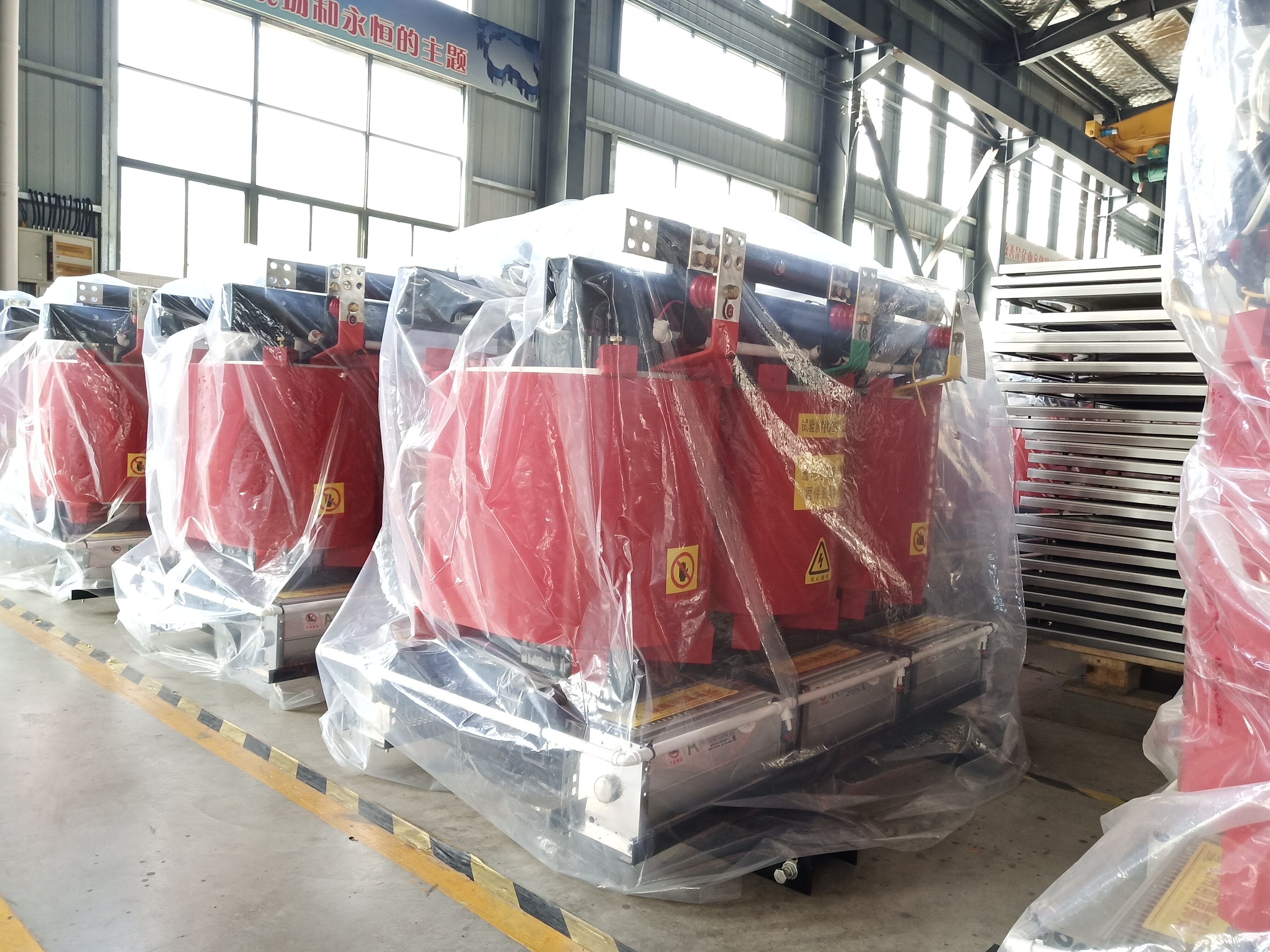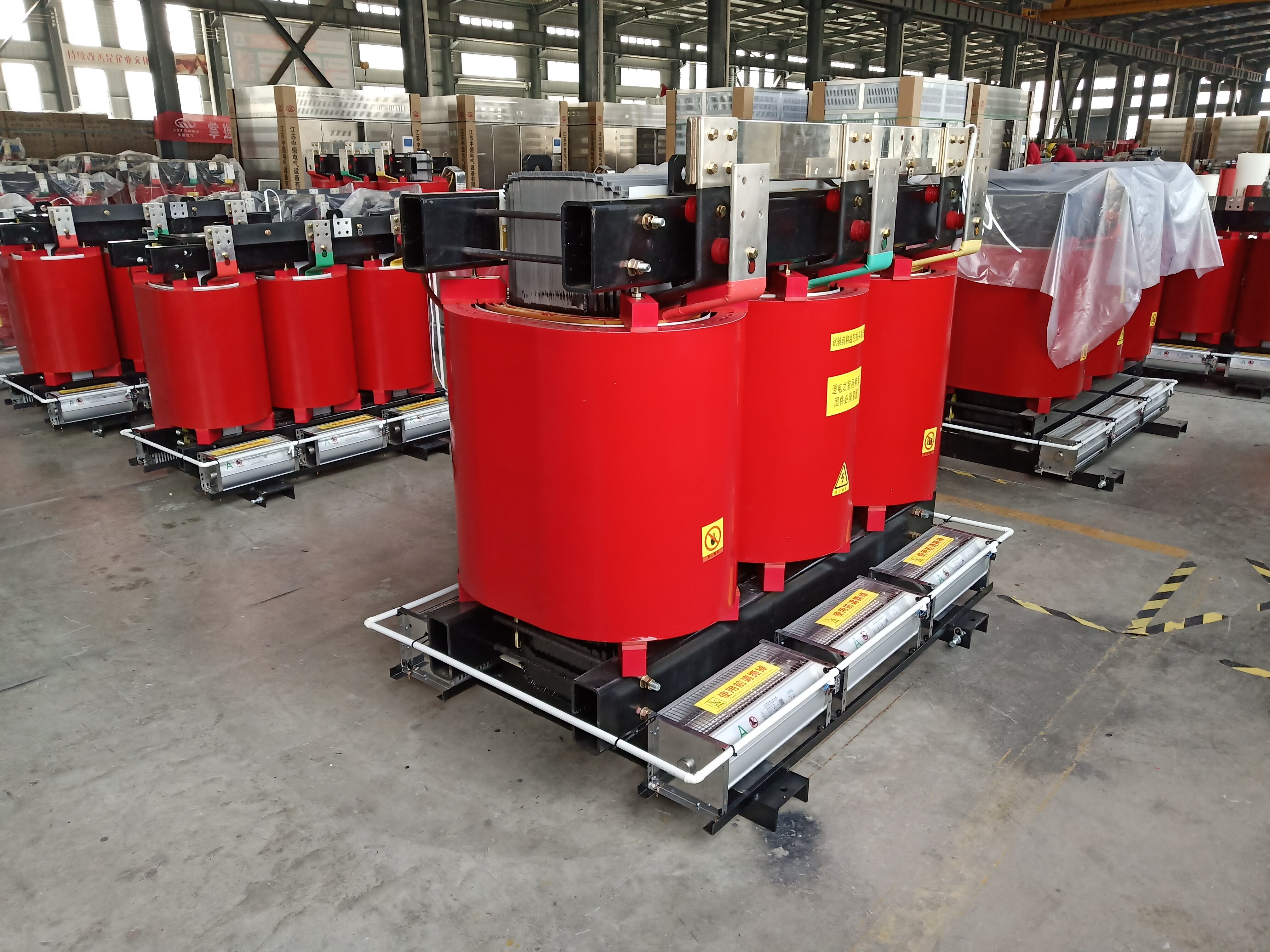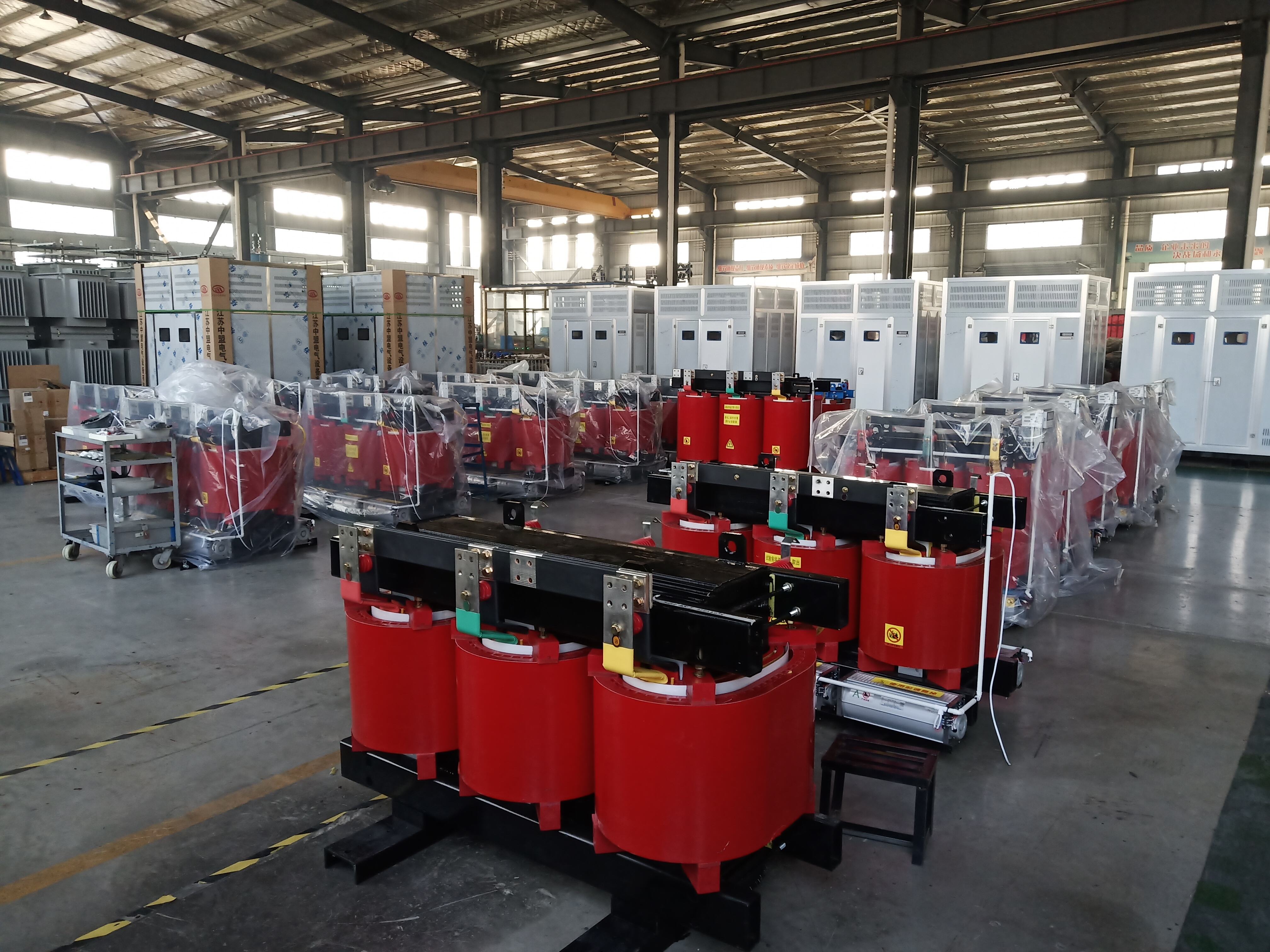low voltage transformers
Low voltage transformers are essential electrical devices designed to convert electrical power from one voltage level to another while maintaining the same frequency. These transformers typically operate with input voltages below 1000V, making them ideal for residential, commercial, and light industrial applications. They function through electromagnetic induction, utilizing primary and secondary windings wrapped around a core material, most commonly made of silicon steel or ferrite. The primary winding receives the input voltage while the secondary winding delivers the transformed output voltage. These transformers are available in various configurations, including step-up, step-down, and isolation transformers, each serving specific purposes in electrical systems. Low voltage transformers incorporate advanced safety features such as thermal protection, short circuit protection, and overload protection, ensuring reliable operation and equipment safety. They play a crucial role in power distribution systems, enabling the safe and efficient use of electrical equipment by providing appropriate voltage levels for different applications. Modern low voltage transformers often feature enhanced efficiency ratings, compact designs, and improved cooling systems, making them more energy-efficient and cost-effective than their predecessors.


